What Is a TKL Keyboard?
A TKL keyboard, short for tenkeyless keyboard, which means a keyboard without the numeric keypad.
Typically, it has 87 keys instead of the 104 found on a standard full-size layout. And it is approximately 80% the size of a full-sized keyboard. So TKL keyboards are also called 80% layout keyboards.
What keys are included in a TKL keyboard?
A TKL keyboard still retains all the essential keys in addition to the numpad:
- Alphanumeric keys: Letters (A–Z), numbers (0–9), punctuation
- Function row: F1–F12
- Modifier keys: Shift, Ctrl, Alt, Fn, Windows/Command
- Navigation cluster: Arrow keys (↑ ↓ ← →), Insert, Delete, Home, End, Page Up, Page Down
- Escape key
-
Print Screen, Scroll Lock, Pause/Break (depending on layout)
Pros and cons of TKL keyboard
| Pros | Cons |
| Familiar, standard key spacing and layout | Larger footprint than 75% keyboards |
| Full navigation cluster and function row with comfortable spacing | Still lacks a numpad for users who need it |
| Easier to find in both prebuilt and custom keyboard markets | Less portable than smaller form factors |
| Compatible with most keycap sets (standard layout) | Might feel bulky for minimalist or compact setups |
| Better for productivity or office tasks involving navigation shortcuts | Less visually stream |

What Is a 75% Keyboard?
The 75% keyboard is a compact mechanical keyboard layout that is smaller than TKL keyboards and more practical than the 60% keyboard.
It usually has about 80-84 keys, occupying about 75% the size of a standard full-size keyboard, hence the name.
What keys are included in a 75% keyboard?
A 75% keyboard retains the most commonly used keys (such as arrow keys, function keys) while reducing the size by optimizing the arrangement or combination of keys.
- Alphanumeric keys: A–Z, 0–9, punctuation
- Function row: F1–F12 (usually in a single row at the top)
- Modifier keys: Shift, Ctrl, Alt, Fn, Windows/Command
- Arrow keys: ↑ ↓ ← →
- Navigation keys: Insert, Delete, Home, End, Page Up, Page Down (Often arranged vertically on the right side or integrated with layers)
- Escape key
-
Print Screen / Scroll Lock / Pause (sometimes included, may vary)
Pros and cons of 75% keyboard
| Pros | Cons |
| More compact—great for small desks or travel setups | Tighter layout may require adjustment for some users |
| Retains all essential keys (arrows, function row, navigation keys) | Navigation keys are often stacked or repositioned |
| Sleek and modern appearance | Some keys may be accessed via Fn-layer depending on layout |
| Better mouse positioning for ergonomics | Less availability of standard keycap sets due to non-standard layout |
| Popular in custom keyboard community | Fewer prebuilt options than TKL, especially in mainstream brands |

What Keys Might Be Missing From 75% Compared to TKL?
There’s little difference in key count between a 75% keyboard and a TKL keyboard — the main distinction lies in their layout and spacing.
Some less-used keys may be absent or accessed via a Fn (function) key on some 75% boards:
- Pause/Break
- Scroll Lock
- Insert
| Feature | TKL Keyboard | 75% Keyboard |
| Arrow & nav keys | Separated & spaced | Tightly packed or stacked |
| Function row | Separate top row | Usually included, sometimes compact |
| Layout spacing | Standard spacing | More compressed layout |
| Custom keys (e.g. Pause, Insert) | Fully present | Sometimes omitted or moved to Fn layer |
A 75% keyboard keeps nearly all the same keys as a TKL but arranges them in a more compact and streamlined format, saving desk space without sacrificing essential functionality.
Key Differences Between TKL and 75%
| Feature | TKL (Tenkeyless) | 75% Keyboard |
| Size | Medium | More compact |
| Portability | Moderate | High – easier to carry |
| Layout Familiarity | Very familiar – similar to full-size | Slightly adjusted – tighter key arrangement |
| Navigation Keys | Full dedicated nav cluster | Compact, some keys may be combined or moved |
| Key Separation | Clear spacing between key groups | Tighter layout, less separation |
| Desk Space | Requires more space than 75% | Saves more desk space |
| Learning Curve | Minimal | Slight – due to compact layout |
| Aesthetic Appeal | Clean but traditional | Sleek and minimalist |
| Typing Performance | Comfortable spacing, natural hand position | More compact – may be better for smaller hands |
| Gaming Performance | Full arrow/navigation keys, easier macro setups | Less hand travel, faster key access – great for FPS or RTS games |
Layout and Function
- TKL: Usually 87 or 88 keys. Offers full functionality (minus numpad) with easy access to essential keys—ideal for office use and gaming without complex key combos.
- 75%: Generally has about 84 keys. Retains most TKL functions in a tighter, space-saving layout—compact yet functional.
Portability
- TKL: Moderately portable—great for users who travel or move offices often without adding much bulk.
- 75%: Even more compact and lightweight than TKL—fits easily in a backpack or bag, ideal for users who value maximum portability.
Learning Curve
- TKL: Easy for anyone familiar with full-size keyboards.
- 75%: Slight adjustment period, especially to get used to the compact navigation key layout.
Appearance and Customizability
- TKL: Clean and balanced, but still slightly wide. And the design is more traditional.
- 75%: A more fashionable and personalized appearance design, and its compact layout also adds a lot to the beauty of the keyboard.
Typing Performance
- TKL: More natural spacing between keys; great for long typing sessions. Feels less cramped.
- 75%: Typing is efficient, but the compact layout may feel tight for users with larger hands. Still great for general use once you're accustomed to it.
Gaming Performance
- TKL: Offers full arrow keys and macro-friendly layout — ideal for games that use a lot of keys (e.g., MMOs, MOBAs).
- 75%: Shorter distance between keys reduces hand movement, which can be a plus for fast-paced games like FPS or rhythm games.
Who Should Choose a TKL Keyboard?
If you mainly use the keyboard in the following scenarios, it is recommended that you give priority to the TKL keyboard.
- Office workers & programmers who frequently use navigation keys (Insert, Home, End, Page Up/Down).
- Writers or editors who benefit from full-sized arrow keys and spacing.
- Users new to mechanical keyboards who want a layout with little to no learning curve.
- Gamers who like games that rely on function keys, such as MOBA, RTS and simulator games.
- Users who have limited desktop space but refuse to compromise on functionality.
Who Should Choose a 75% Keyboard?
A 75% keyboard will be a good choice if you are the following users:
- Mobile office and frequent business travel users will benefit from the compact layout.
- FPS game players and users who need wide-angle mouse operation.
- Users of desktop minimalism and extreme space utilization.
- Users who upgraded from 60%/65% keyboards and need to restore the arrow keys and function keys but retain the compact habit.
- Keyboard enthusiasts who enjoy building or customizing compact layouts.
Popular TKL and 75% Keyboards to Consider
MonsGeek M3W- TKL Layout Custom Mechanical Keyboard
The MonsGeek M3W hits the sweet spot for users seeking a high-quality Tenkeyless layout—merging functionality, aesthetics, and versatility.
Features:
- RGB Backlit: Providing vibrant lighting effect.
- Aluminum Case: CNC‑machined aluminum body with gasket mount offers solid build quality and satisfying typing feel.
- Multi-mode: Seamlessly switch between USB‑C wired, Bluetooth 5.0 (pair up to 3 devices), and low‑latency 2.4 GHz wireless—ideal for multi-platform users.
- Hot-Swappable: Easily customize your typing experience by swapping switches—no soldering needed.
- Gasket Mount: Create a deep, satisfying acoustic profile.

MonsGeek M1 V5 VIA Custom Mechanical Keyboard - 75% Layout Custom Mechanical Keyboard
If you’re looking for a premium 75% keyboard that offers a balance of performance, customization, and build quality, the MonsGeek M1 V5 VIA is an excellent choice.
Features:
- Rapid Disassemble without Screws or Tools: Easy to customize.
- VIA Support: Customize key mapping, layers, and macros with ease using the open-source VIA software — no coding required.
- 8000mAh Battery: Enjoy prolonged periods of uninterrupted typing, gaming, or productivity without the need for constant recharging.
- Aluminum Case: Sturdy CNC-machined aluminum housing delivers a premium feel and long-lasting durability.
- Gasket Mount Structure: Offers a soft, bouncy typing experience with reduced noise and vibration.
- Hot-Swappable: Easily change your switches without soldering — ideal for experimentation or long-term upgrades.

MonsGeek M1 V5 TMR Magnetic Keyboard- 75% Layout Magnetic Keyboard
If you’re an eSports player or performance gamer who needs lightning-fast input, the latest magnetic keyboards with TMR technology are a great choice.
Features:
- Advanced TMR Sensor: More stable and more accurate.
- Full Range 0.01mm: Features an adjustable trigger point with 0.01 mm accuracy. and 8 kHz polling rate—ideal for competitive gaming or fast typing .
- Rapid Disassemble Design: M1 V5 Series provide the easy customization choice.
- Cross-Compatible with Mainstream Magnetic Switches: More choices for different experience with different switches.
- Compatible with Magnetic Switches and Mechanical Switches: Magnetic and mechanical typing experience in one keyboard, how amazing!

Conclusion
Compared to TKL, the 75% keyboard further reduces the function key area (e.g., omitting F11–F12 or tightening spacing) for a smaller footprint. TKL retains the full F1–F12 range and traditional layout, making it easier to adapt to.
Choosing between them depends on your need for function keys and desk space. If unsure, trying both in person is often more helpful than just comparing specs.
Related Article:
TKL Keyboards: What They Are, Benefits & How to Choose


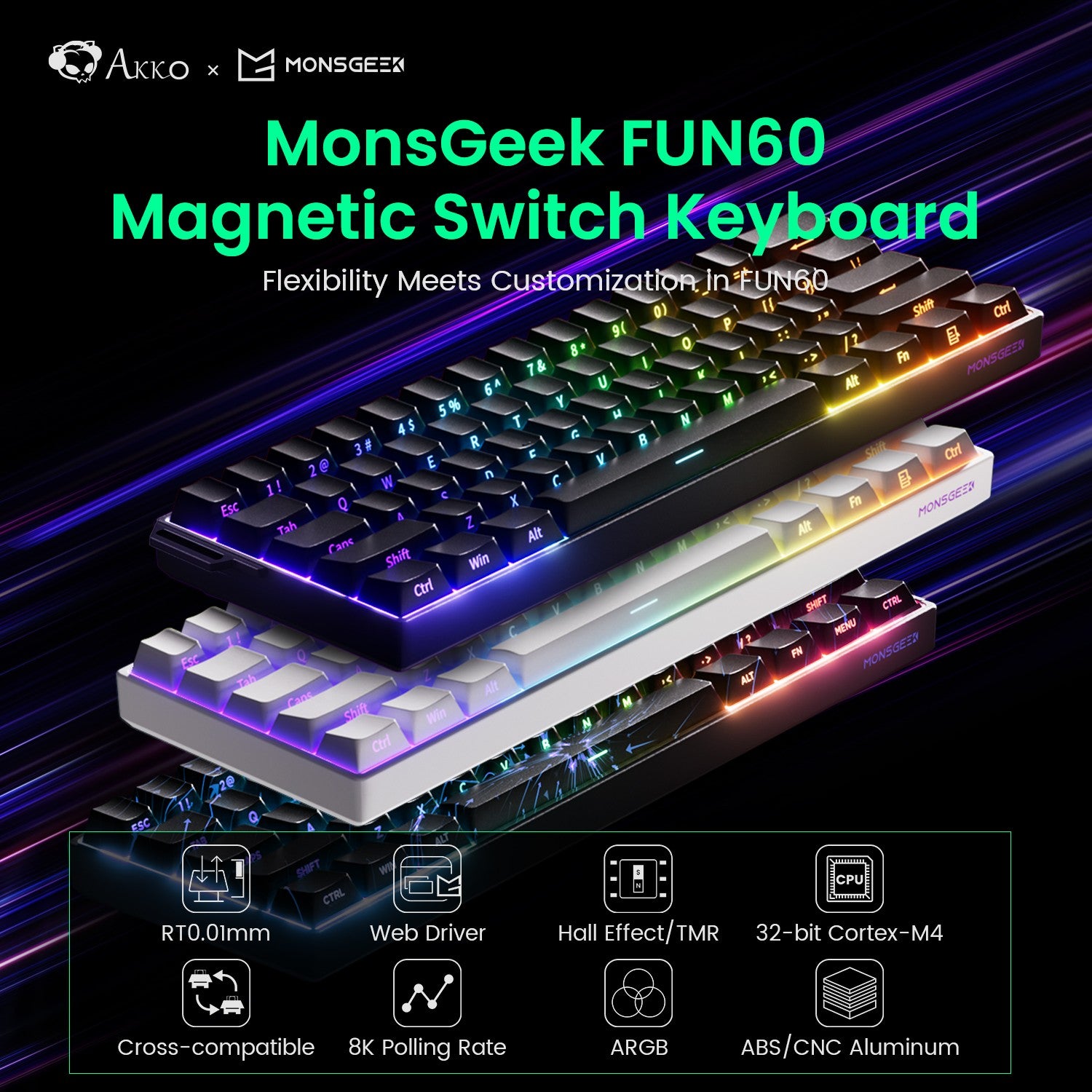
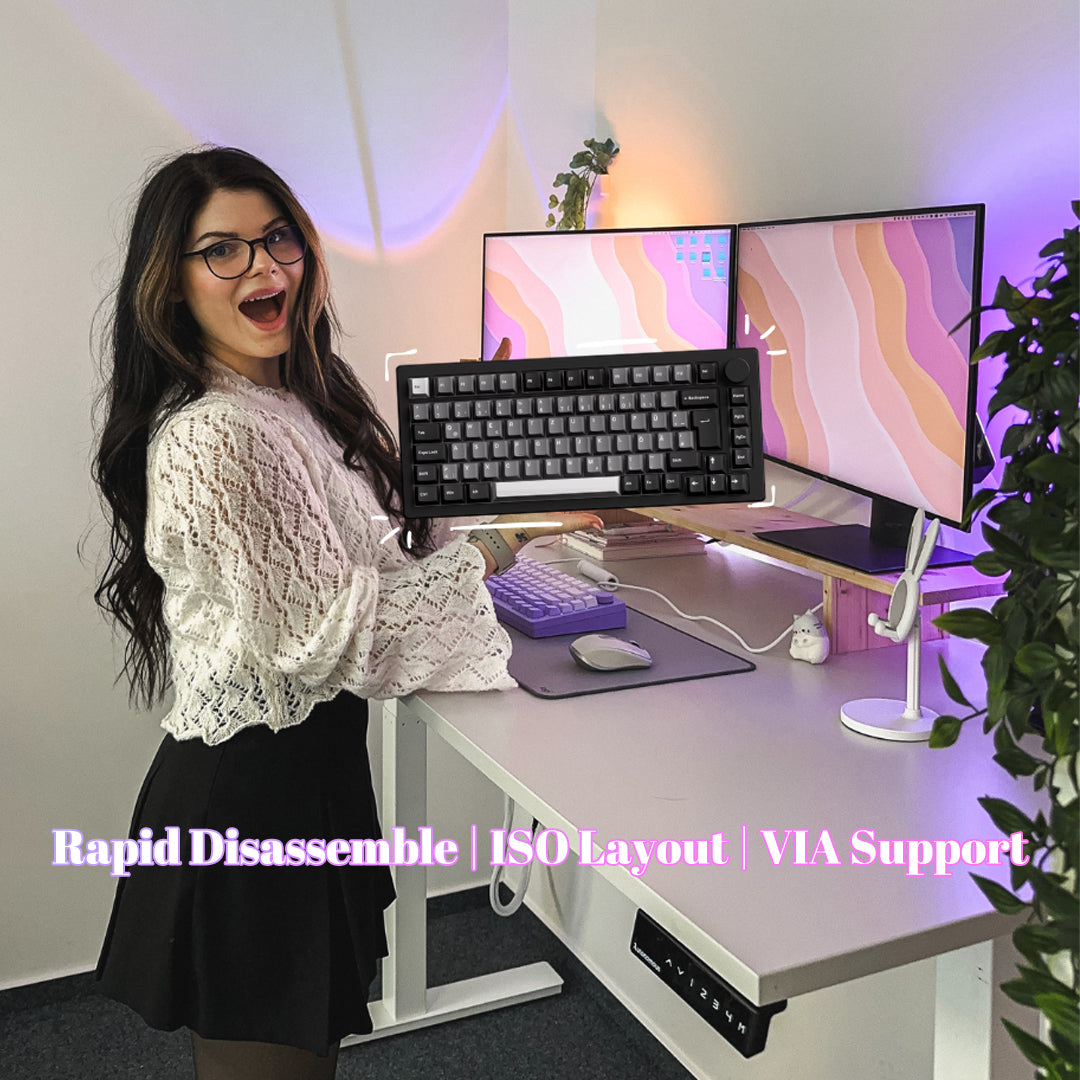
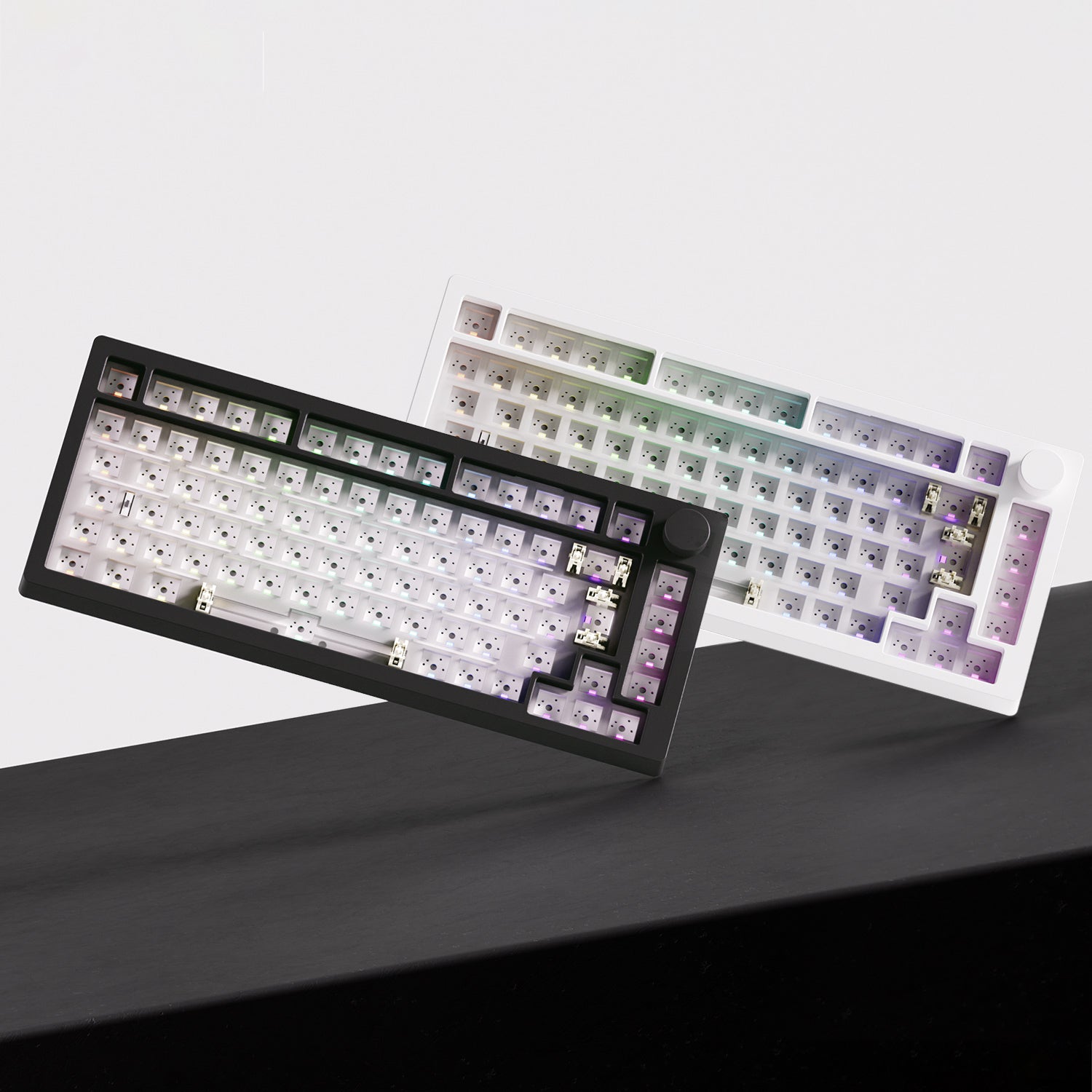


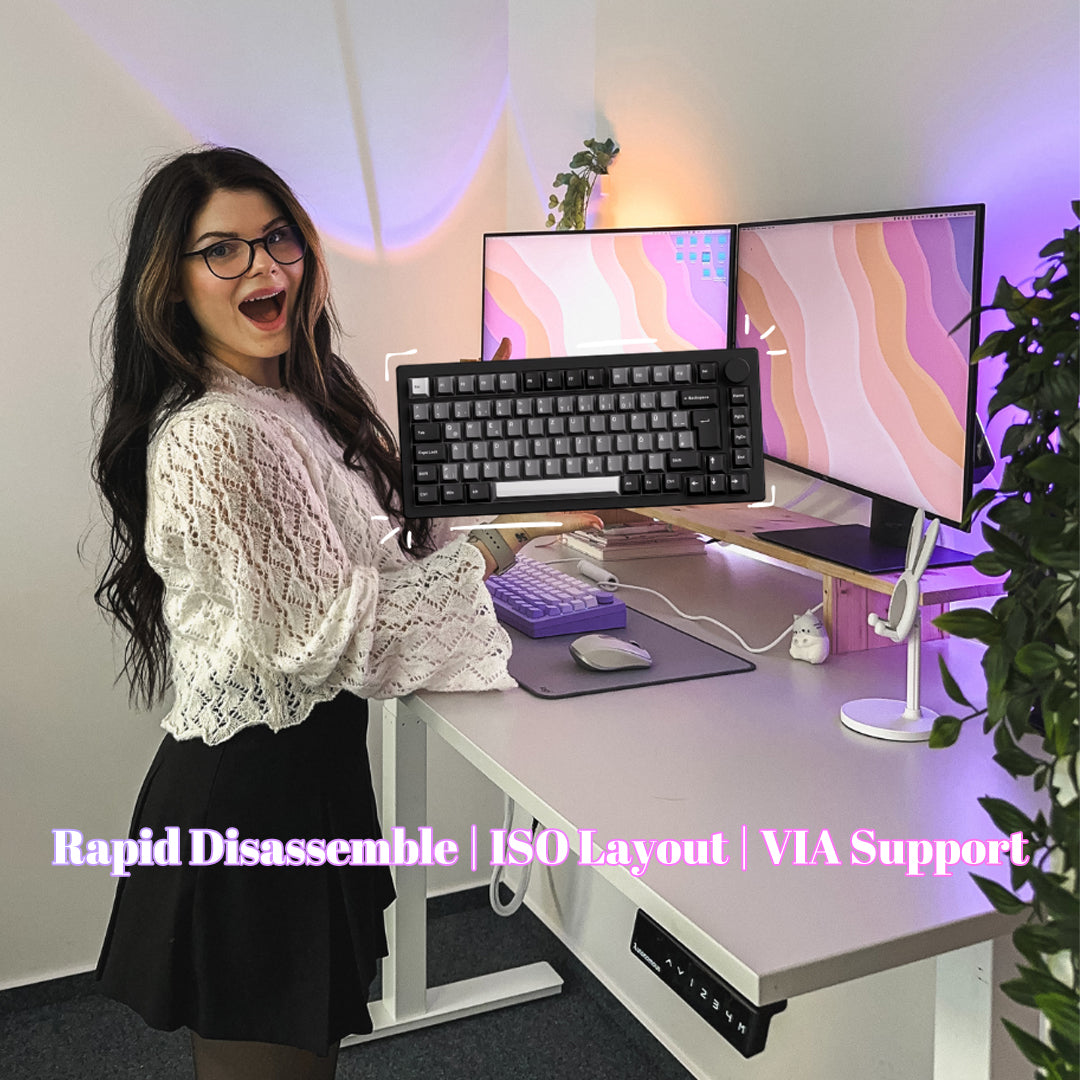


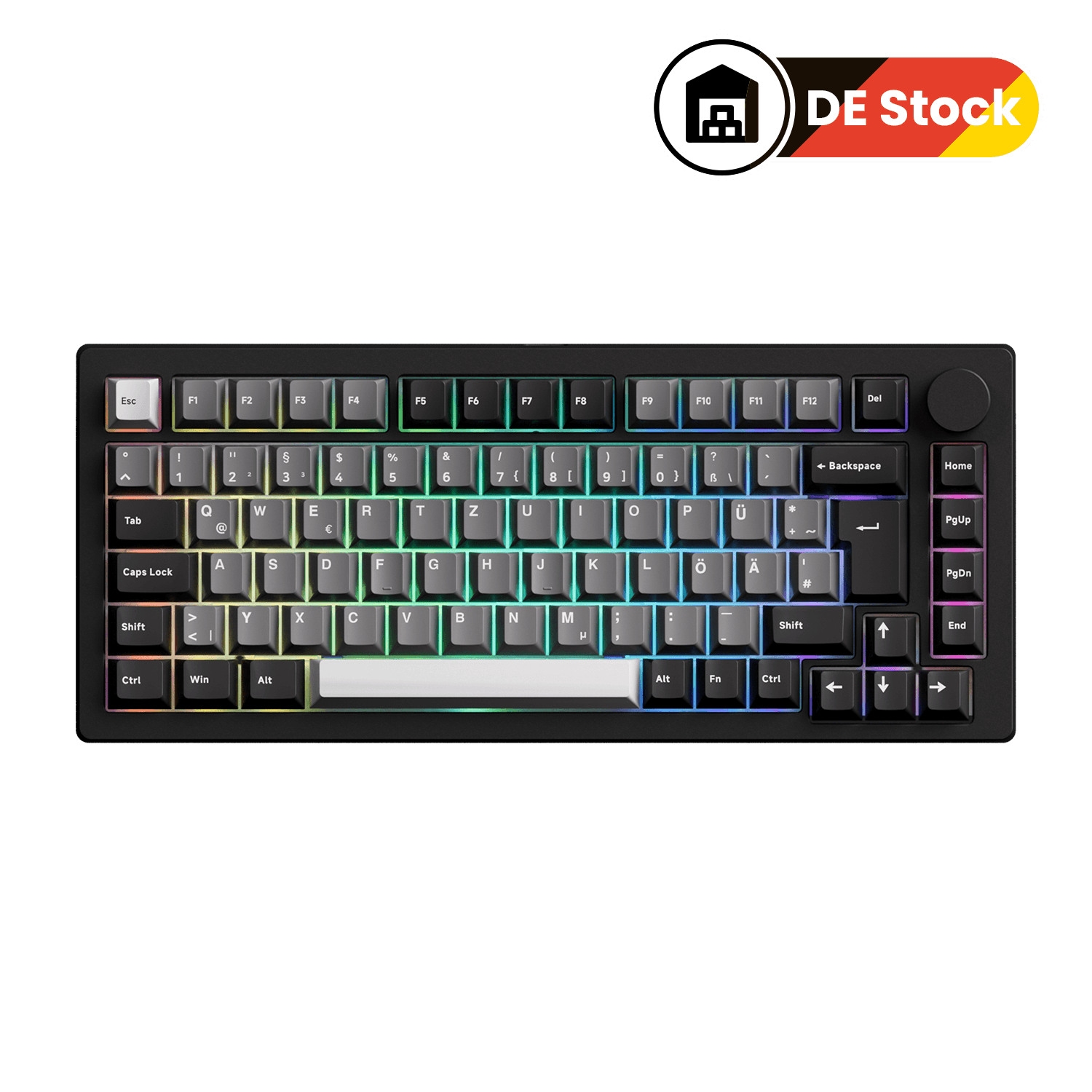
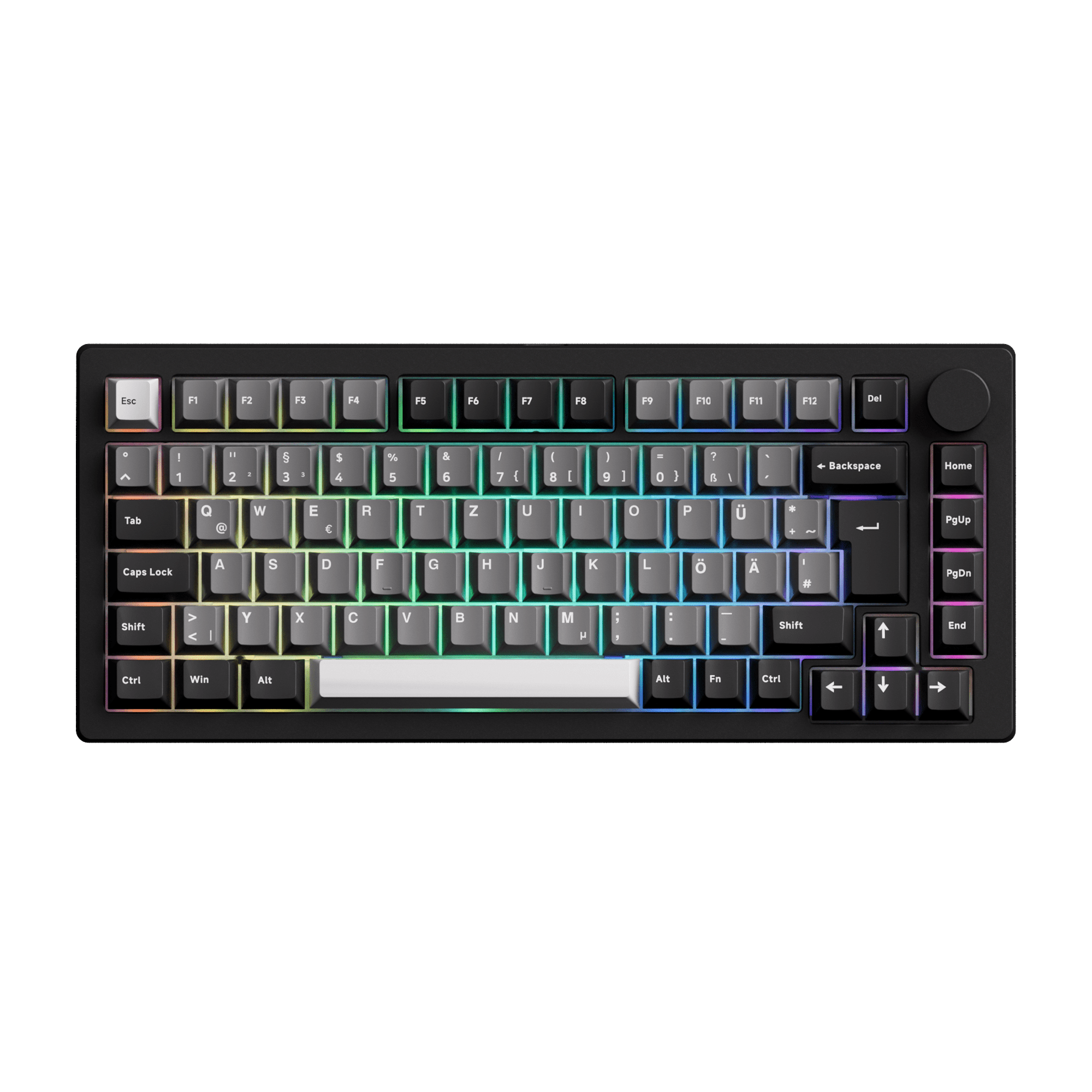

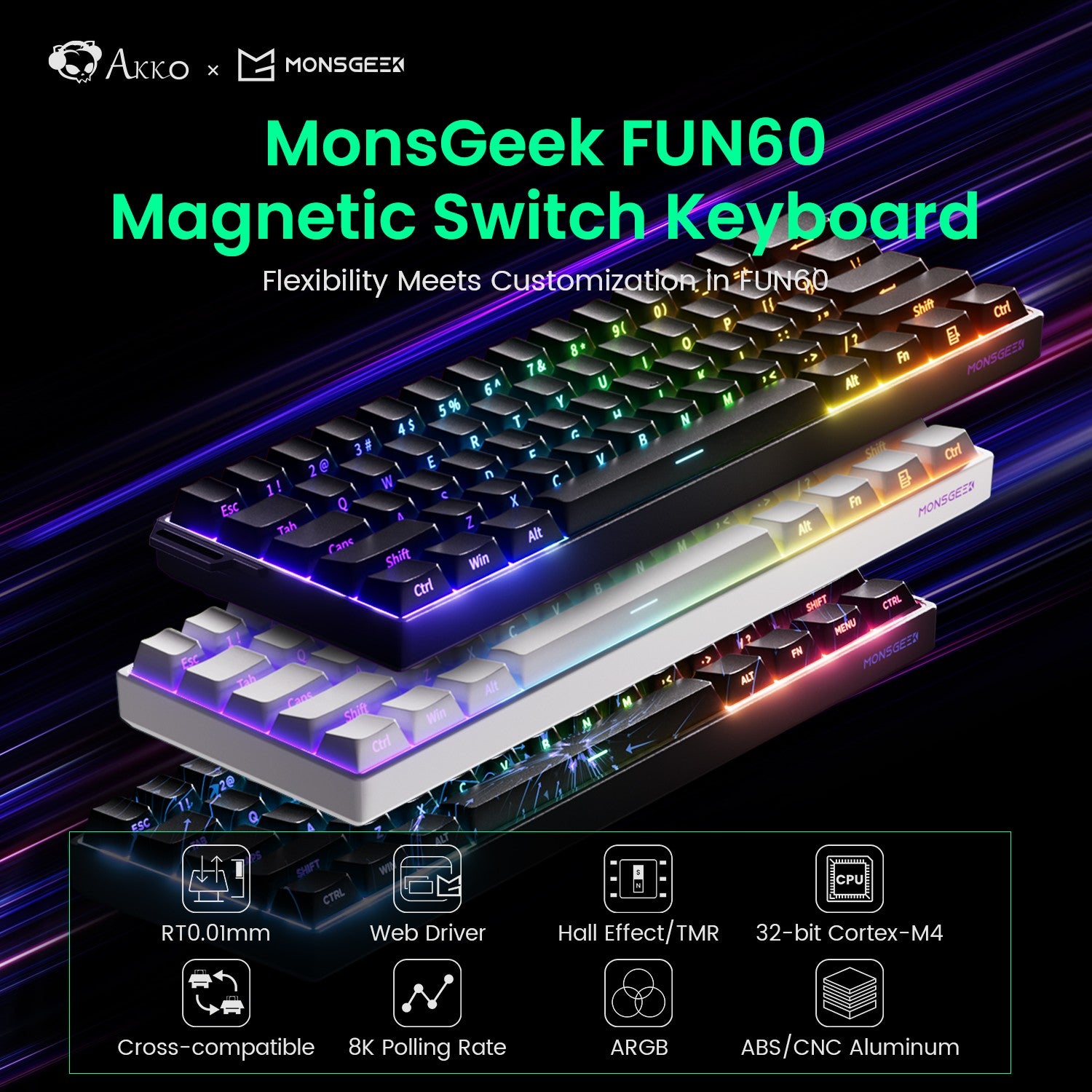
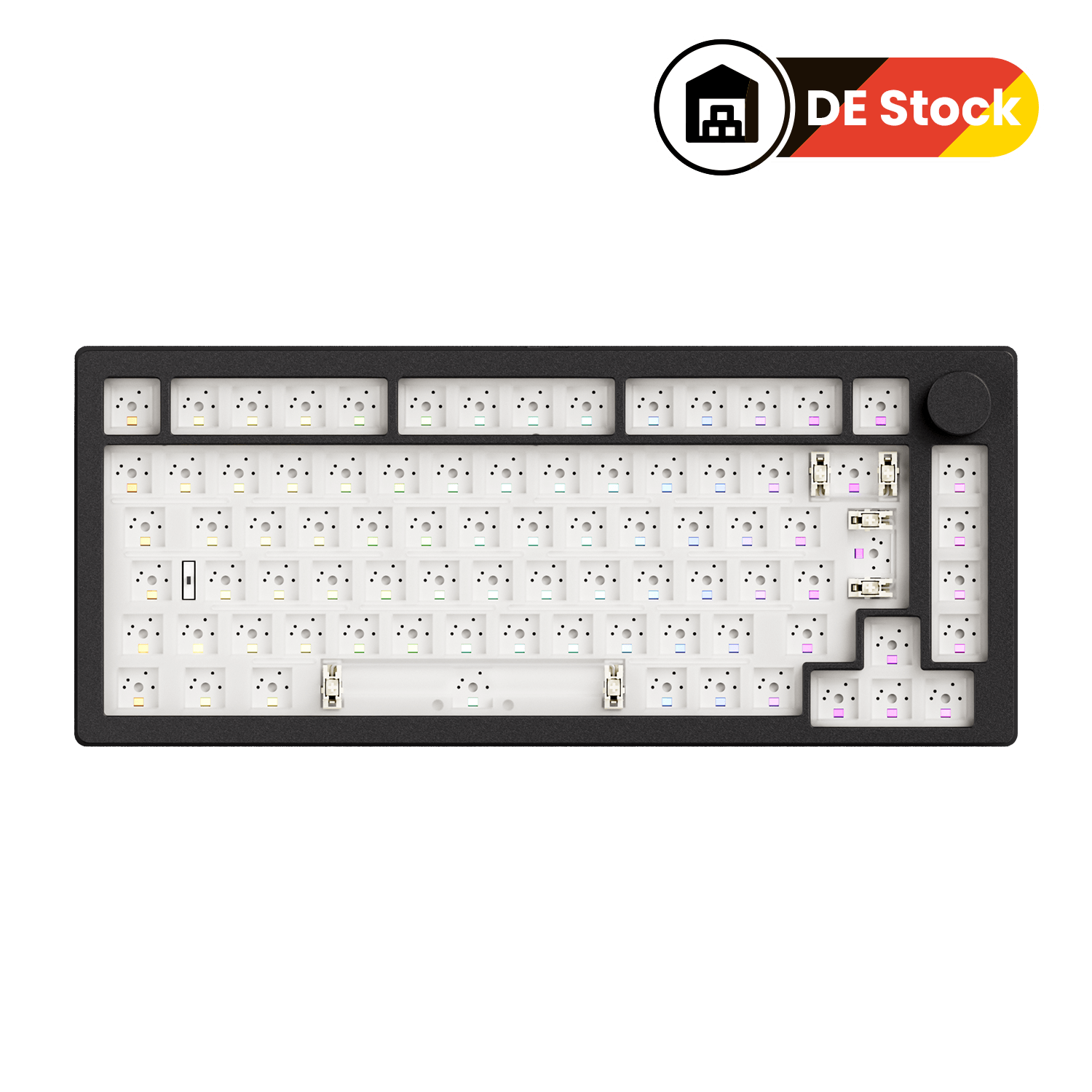
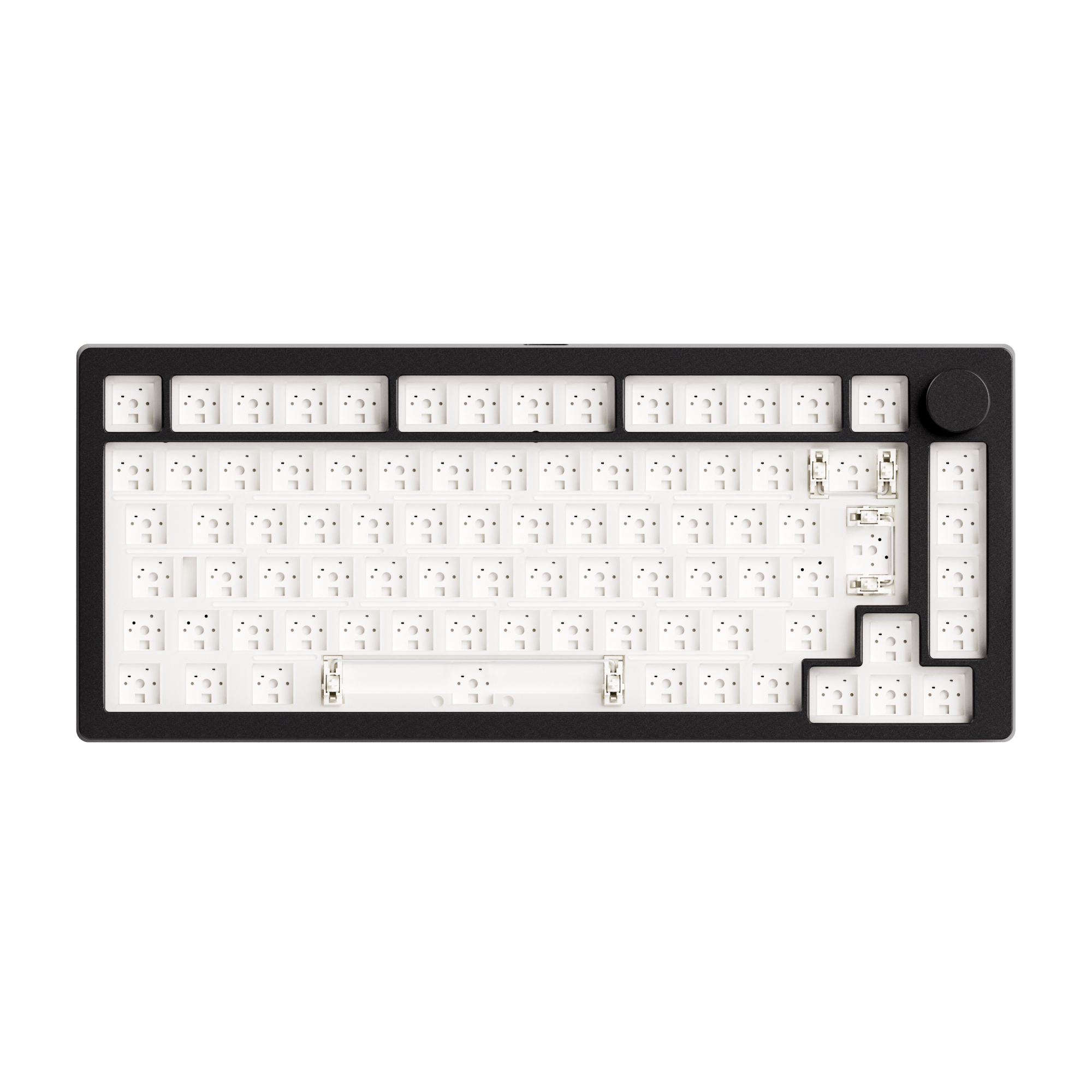
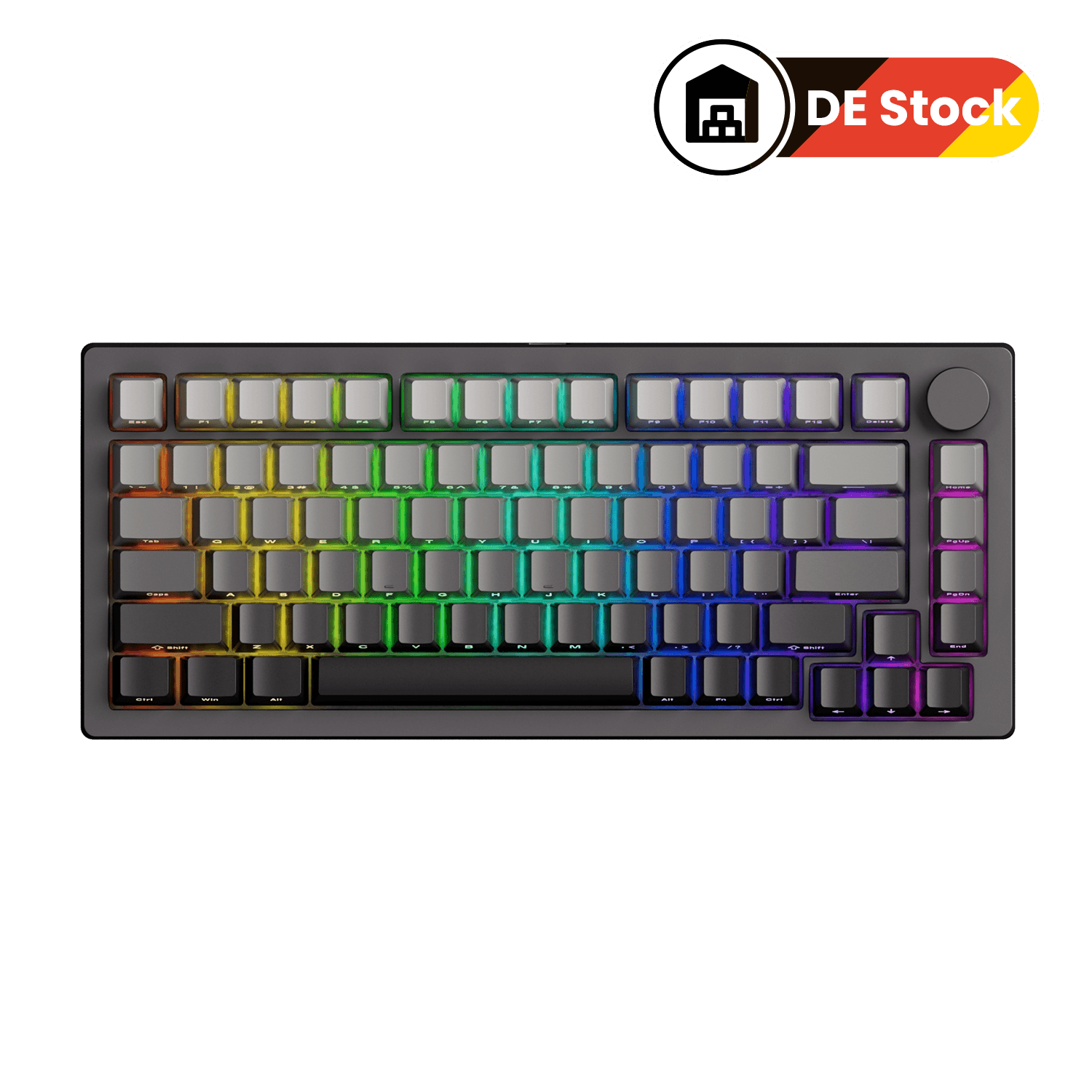
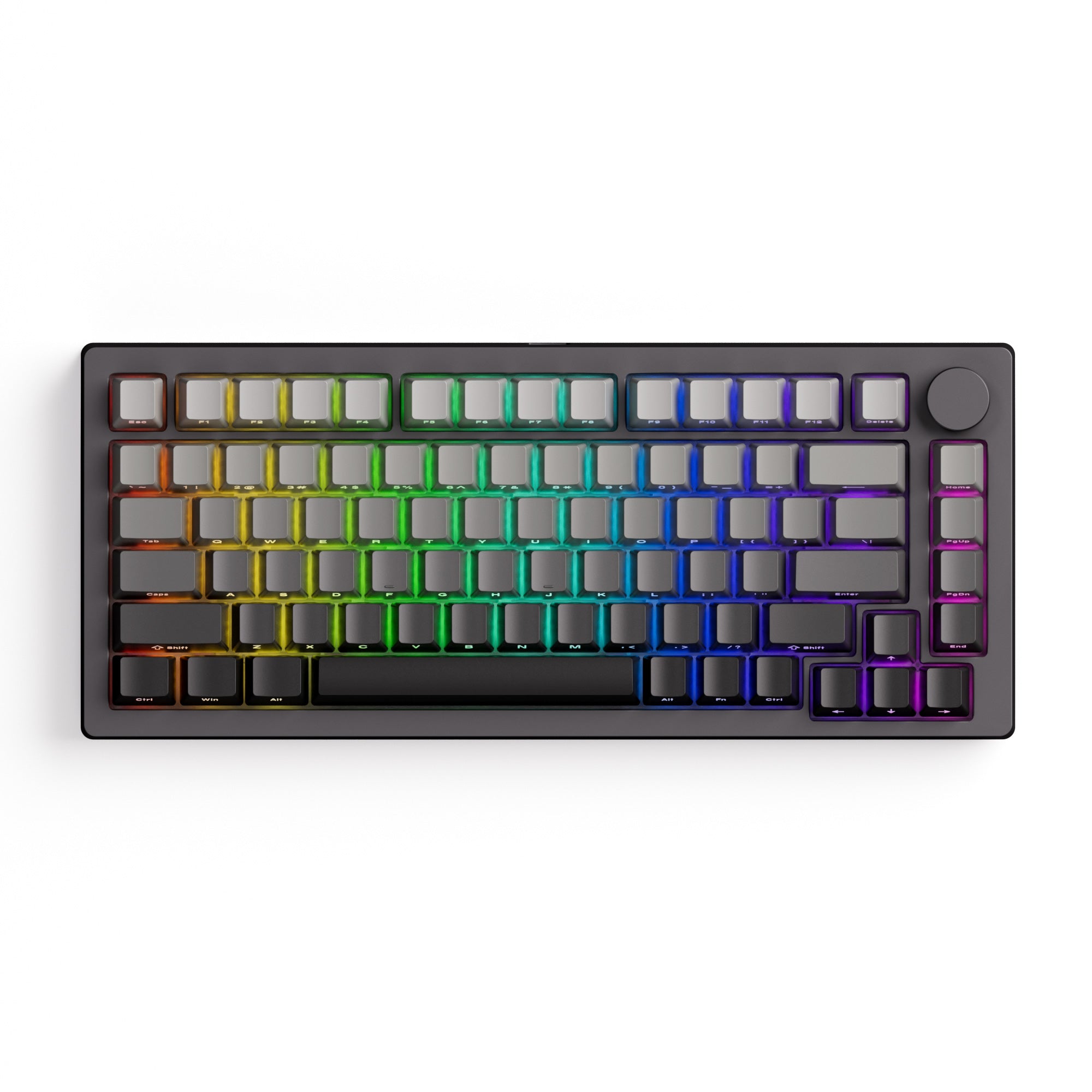
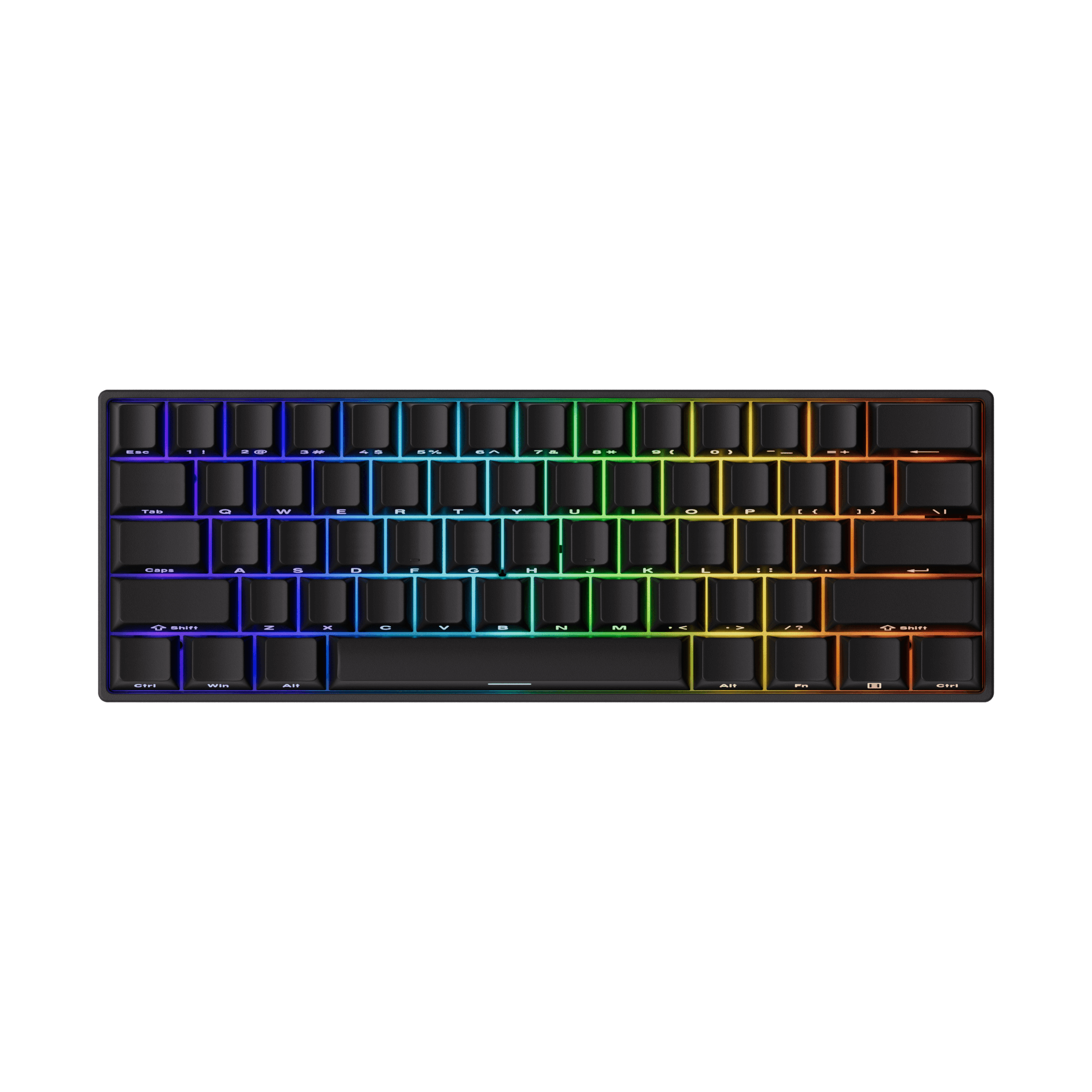
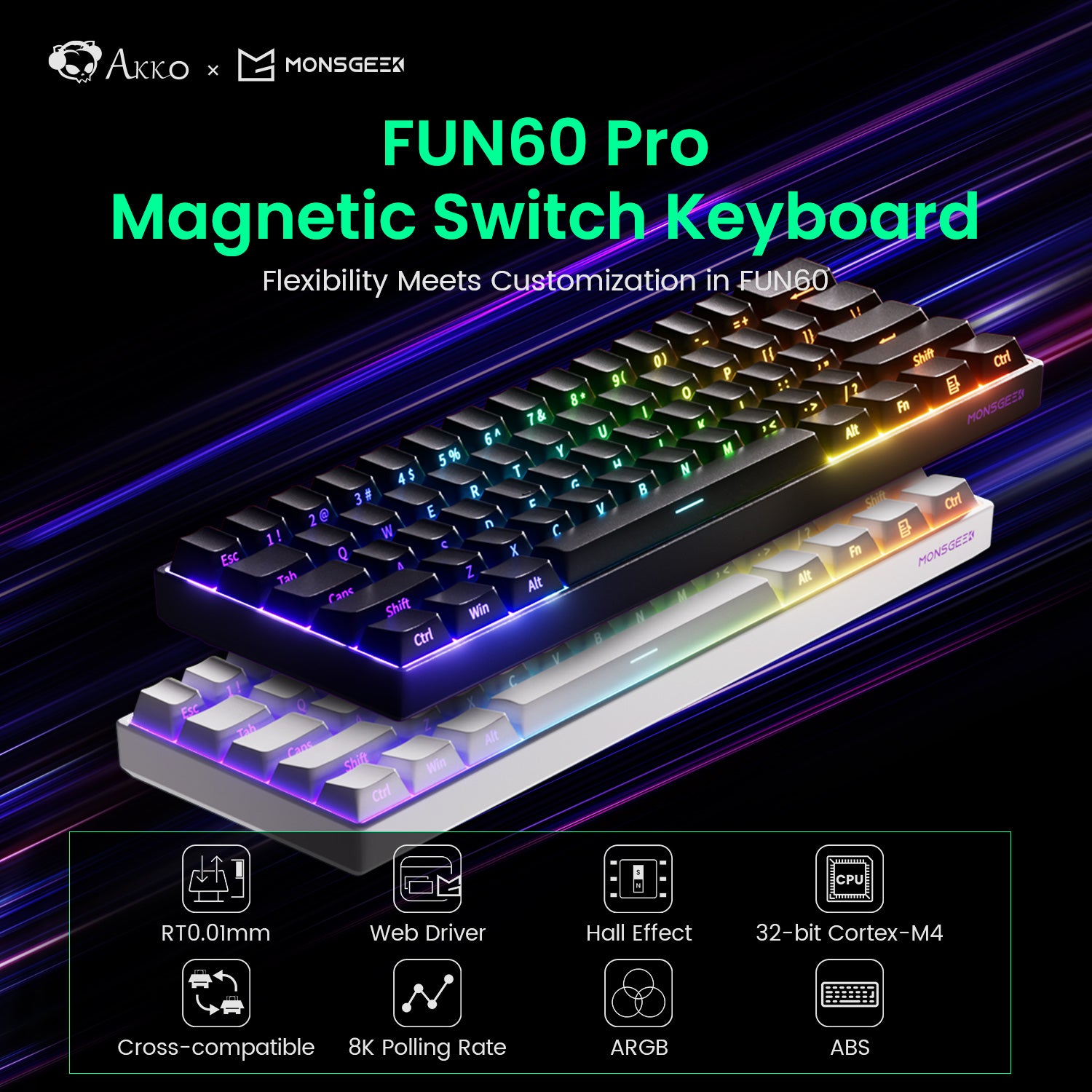
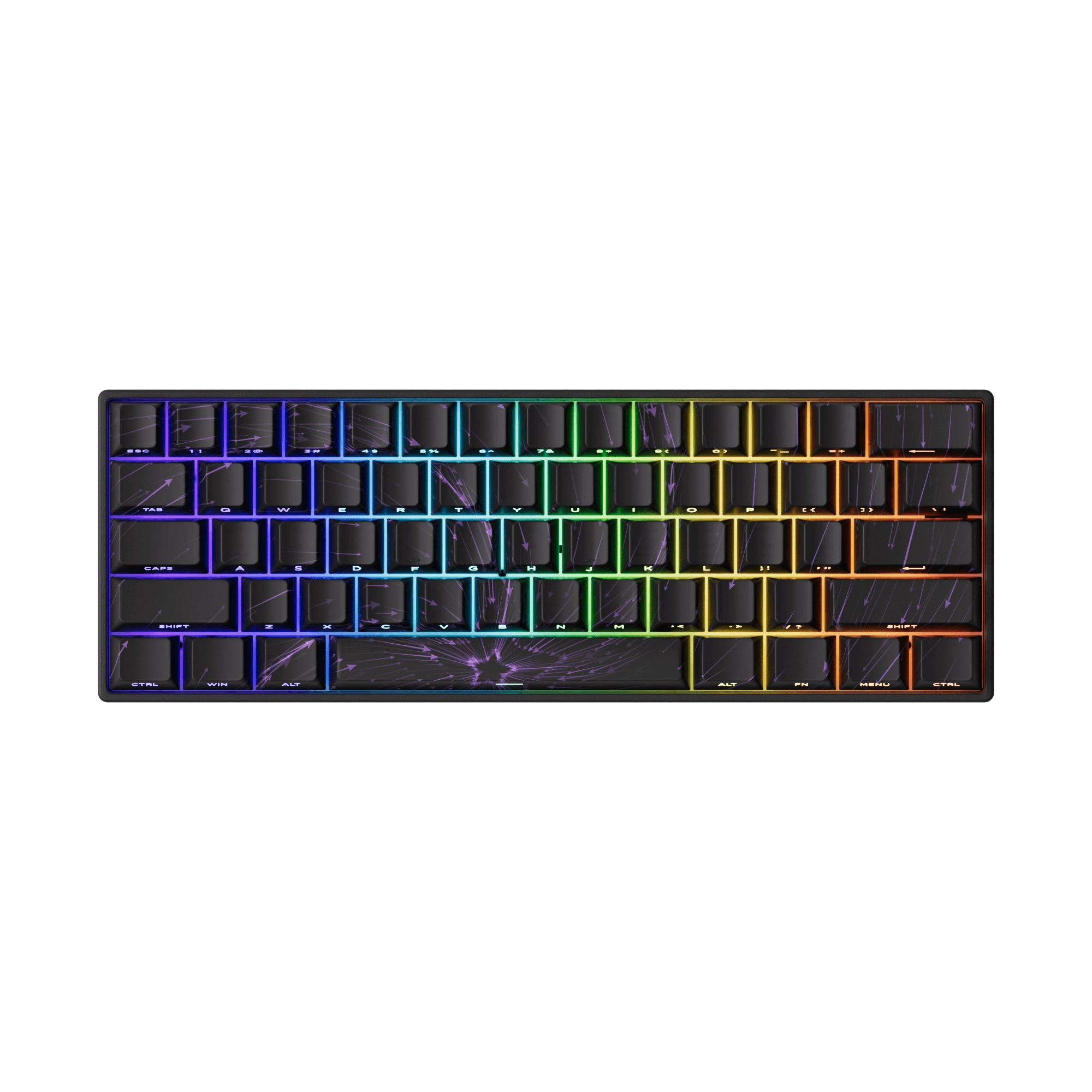
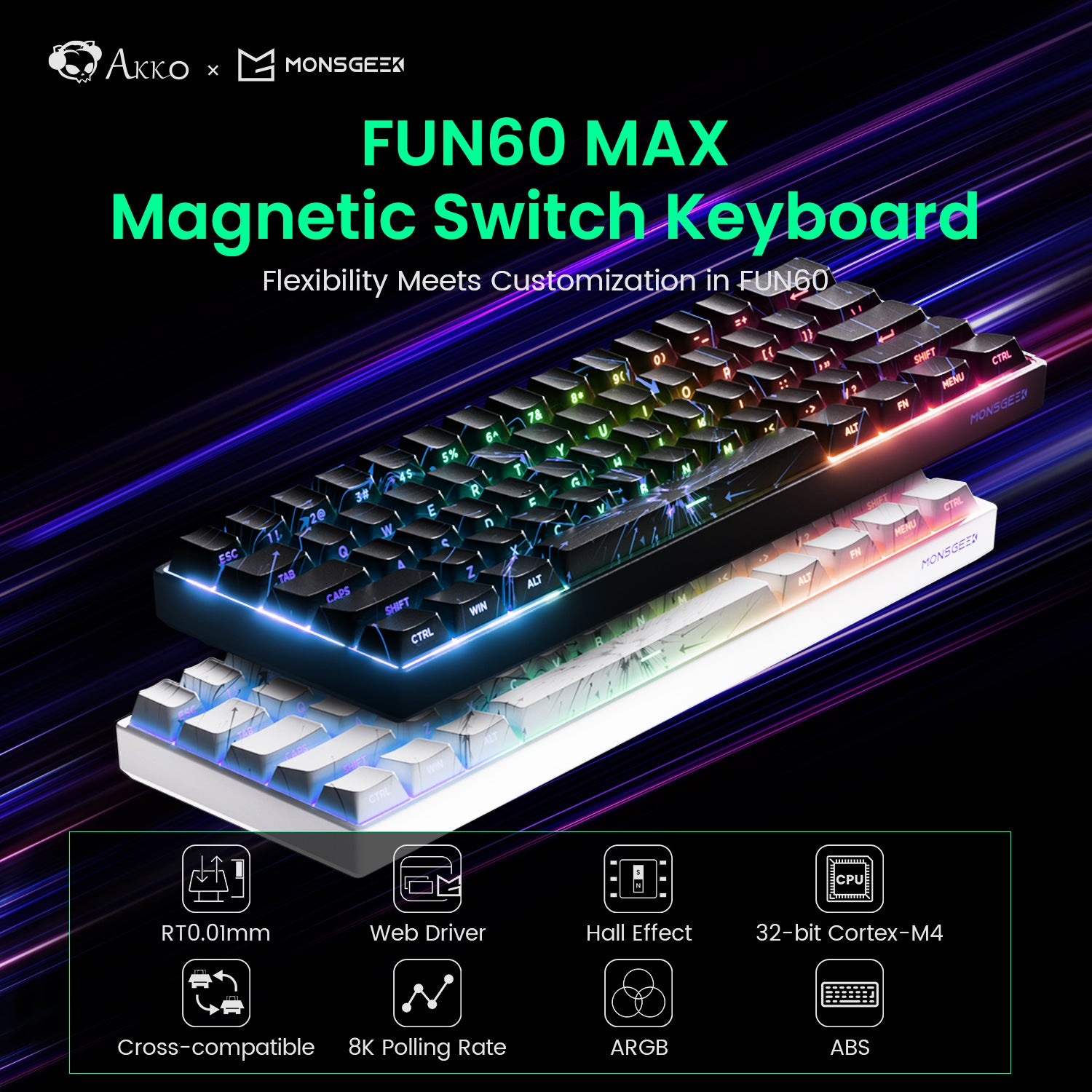


Leave a comment
This site is protected by hCaptcha and the hCaptcha Privacy Policy and Terms of Service apply.